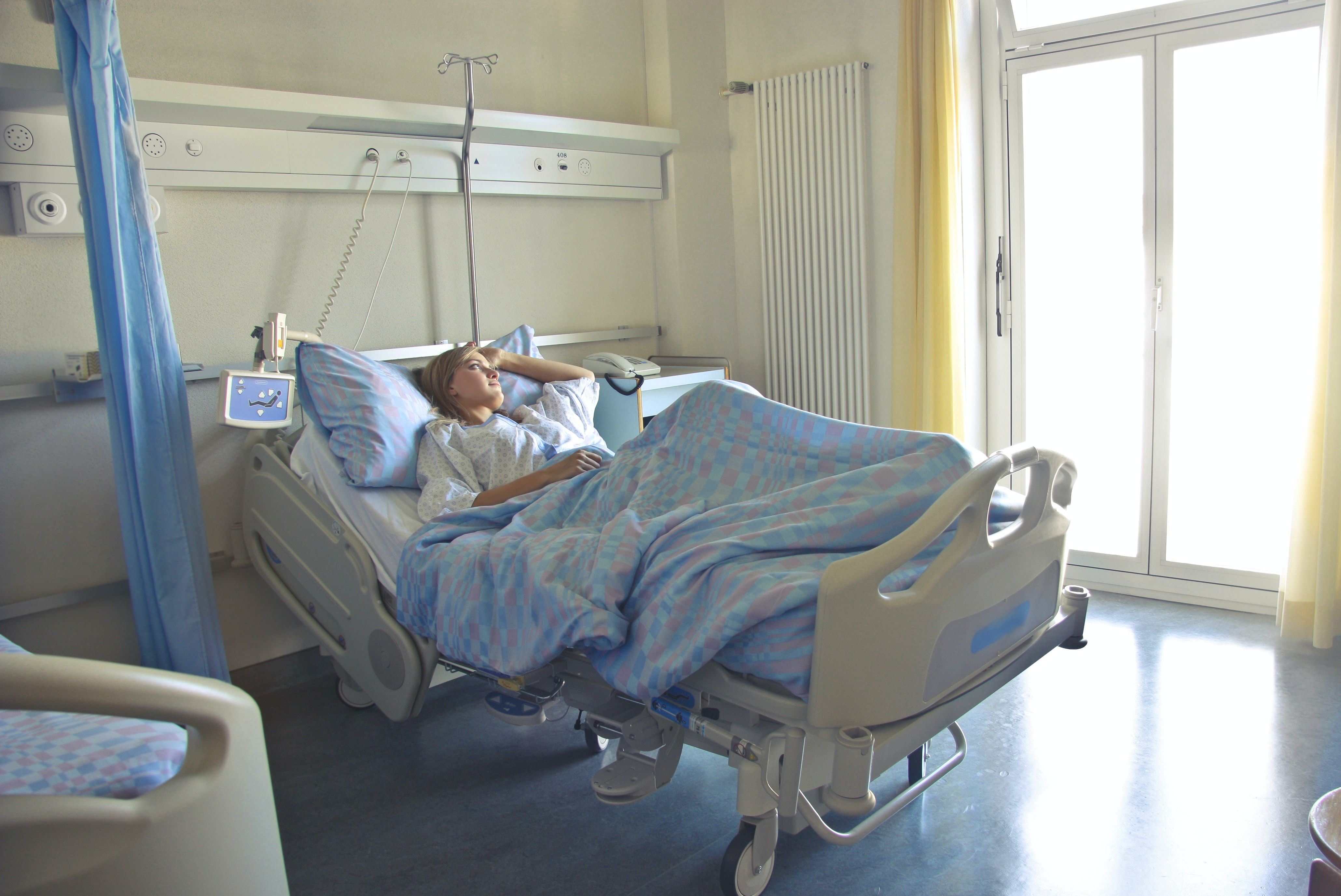Article
Certain Hospital-Acquired Infections Increased During COVID-19 Pandemic in Veterans Facilities
Author(s):
C Difficile infections decreased in VA healthcare facilities during the COVID-19 pandemic.

Mitigation measures and a reduction in patients may have had an impact on some hospital-acquired infections during the COVID-19 pandemic, while other infections may have increased.
A team, led by Martin E. Evans, MD, National Infectious Diseases Service, Specialty Care Services, Veterans Health Administration, US Department of Veterans Affairs, assessed how the COVID-19 pandemic impacted healthcare-associated infections in 128 acute care and 132 long-term care Veterans Affairs facilities.
In the study, the investigators examined infection rates for central line-associated bloodstream infections (CLABSIs), ventilator-associated events (VAEs), catheter-associated urinary tract infections (CAUTIs), and methicillin-resistant Staphylococcus aureus (MRSA), and Clostridioides difficile infections.
The data included rates reported from each facility monthly to a centralized database for a time period before the pandemic between February 2019 and January 2020 and during the pandemic between July 2020 and June 2021.
Comparing the Data
The data shows admissions to the nationwide VA for COVID-19 infections peaked in January 2021, resulting in significant increases in CLABSIs, VAEs, and MRSA all-site hospital-acquired infections at acute care facilities during the pandemic.
However, there was no significant changes in CAUTI rates, while C difficile infection rates significantly decreased.
Other research has corroborated the fact that new hospitals could result in a steep drop in hospital-acquired infections, particularly for C difficile infections.
Finally, there was no significant increases in hospital-acquired infections in long-term care facilities.
“The COVID-19 pandemic had a differential impact on HAIs of various types in VA acute care with many rates increasing,” the authors wrote.
The investigators attributed the possible decrease in C difficile infections due to evolving diagnostic testing. Other investigators have also seen a decrease in hospital-acquired C difficile infections and attributed the rates to enhanced mitigation measures for COVID-19, including sanitation, social distancing, and other measures.
“The minimal impact of COVID-19 in VA long-term facilities may reflect differences in patient numbers and acuity and early recognition of the impact the pandemic had on nursing home residents leading to increased vigilance and optimization of infection prevention and control practices in that setting,” the authors wrote.
The investigators said the results of this study show there is a need to build and sustain conventional infection prevention and control strategies both prior to and during a pandemic.
The Value of New Hospitals
Earlier this year, investigators from Japan suggested environmental improvements and private hospital rooms could reduce the rate of hospital-onset clostridium difficile infections.
The investigators documented environmental conditions and cleaning of patient rooms throughout the entire study. The hospital also followed a specific protocol for CDI prevention, which included recommendations for handwashing for patients and individuals who came into contact with infected patients, protective gear, disinfectant, and quarantines.
Overall, there were 322 hospital-onset CDI cases in 524,475 patient-days in the old hospital over the 3-year period. This was compared to 62 infections in 531,697 patient days in the new hospital over the 3.5 year period.
Overall, the incidence rate of hospital-onset CDI decreased from 6.14 to 1.17 per 10,000 patient-days in the old and new hospitals, respectively.
To go with that, the community-onset CDI incidence rate decreased from 1.71 to 0.46 per 1000 admissions.
Prior to relocation, there was no downward trend identified (Coef. 0.005, 95% CI, -0.053 to 0.063, P = 0.85), but after the relocation, there was a significant downward trend (Coef. -0.111, 95% CI, -0.185 to -0.038, P = 0.006). The number of cases decreased by 11% every 3 months.
The study, “Healthcare-Associated Infections in Veterans Affairs Acute and Long-Term Healthcare Facilities During the Coronavirus Disease 2019 (COVID-19) Pandemic,” was published online in Infection Control & Hospital Epidemiology.





